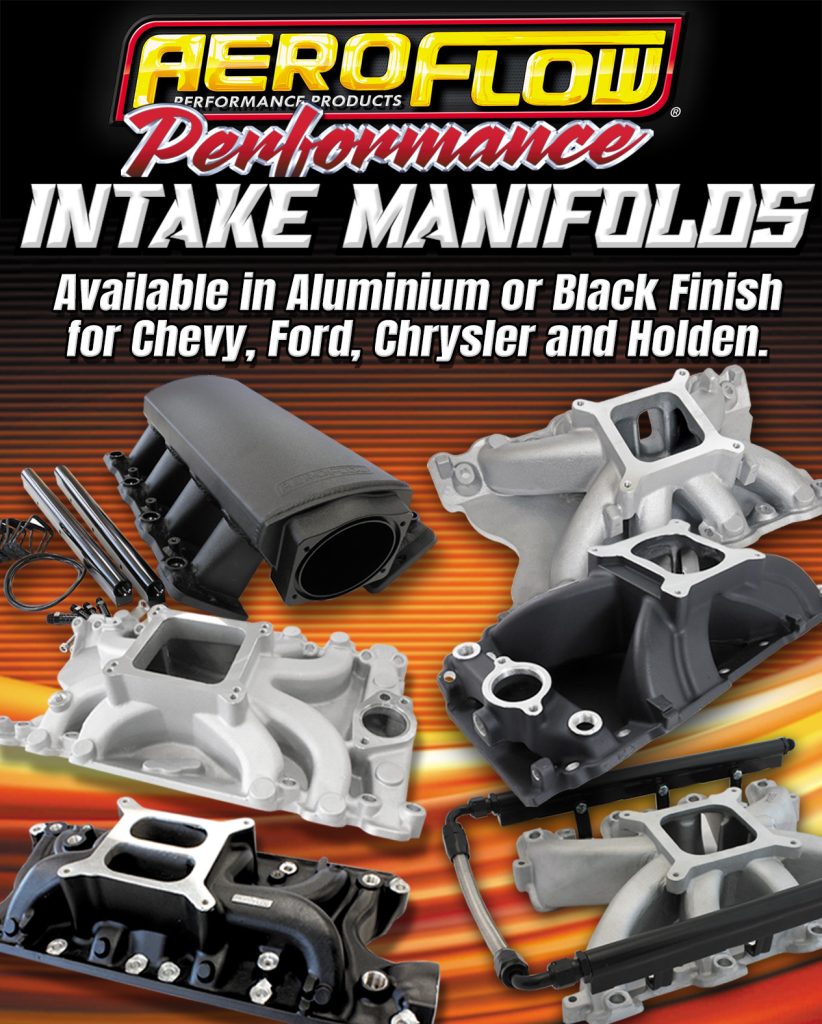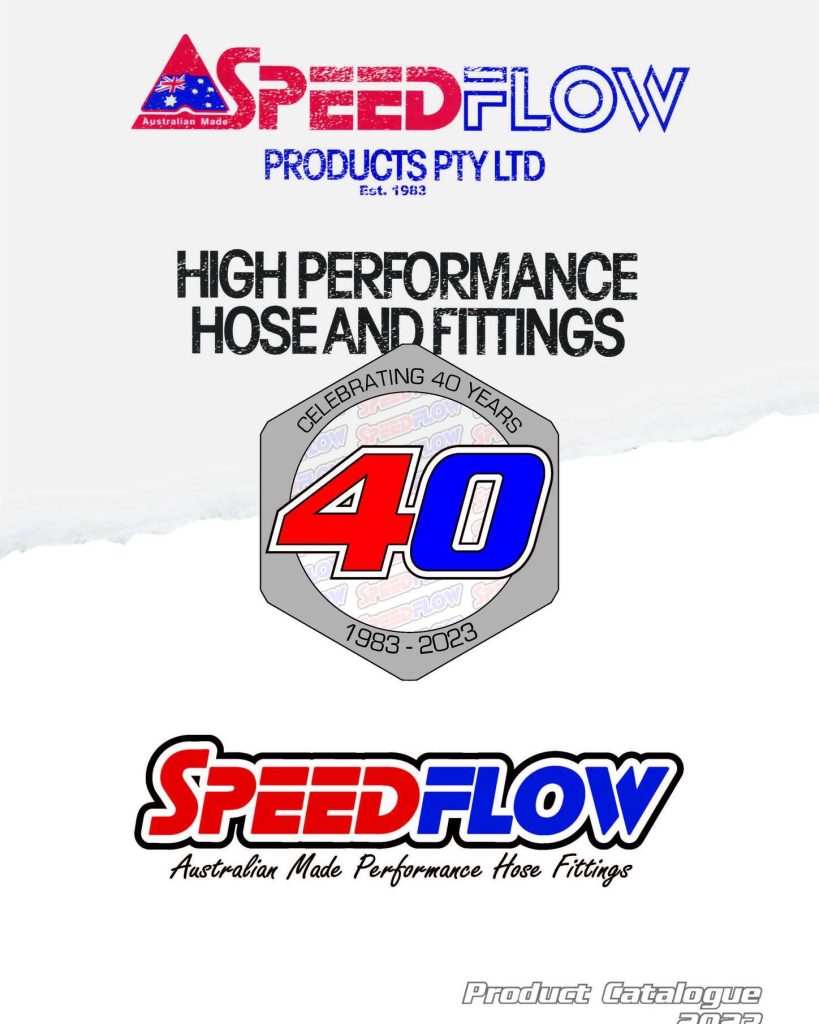When it comes to Nitro Funny Car in Australia Peter Russo is something of an enigma, well known for his exploits at the wheel of one of drag racing’s wildest vehicles but rarely seen on the strip.
With his Pleuger chassis now back in Australia, Russo is hoping to change that and return to the team to the strong performances they were renowned for.
“A slight moment of insanity which I’m waiting to pass,” Russo describes his inspiration to go drag racing as.
“Apparently I was reasonably good at school academically but I was never interested in going down that road. I was always hooked on cars and I qualified as a mechanic. Apart from a few years working for people in the early days, I’ve run my own one man repair shop for almost forever.”
It was Nitro Funny Cars that drew him on with their hedonistic mix of speed and volatility.
 “They’re evil and nasty because you end up addicted and there’s no known cure. When they’re good, they’re fantastic, but when they’re bad, they’re spectacular,” Russo said.
“They’re evil and nasty because you end up addicted and there’s no known cure. When they’re good, they’re fantastic, but when they’re bad, they’re spectacular,” Russo said.
Russo first began his Nitro Funny Car career in 1982, buying the Barry Bowling Mexican Mustang Funny Car.
“We bought it and that was the start of this terrible addiction that we can’t find any successful rehab program for. We wish they sold patches for it at the chemist like when you want to quit smoking,” he said.
Russo has an impressive resume in drag racing. He’s a four times Australian Funny Car champion and three times Nationals winner. He’s a member of the Goodyear 5 Second Club, he was the first to top the 280 mph mark outside northern America and he won the 2000 AHRA World Championships in Spokane, WA, USA.
Fortunately his lowlights have been rare.
“Our first major incident was a fairly catastrophic blow up at Calder in the first Dodge Daytona where we lost just about everything,” he said.
“If it’s any claim to fame, we were probably the first car in the country to blow two rear tyres off the car and trash the body – all in the space of three back to back meetings.
“The first body loss was in Helen’s Christmas present – the ex-Hawaiian Punch Dodge Daytona at Adelaide.
“We ratted what was left off that and with lots of help from Murray Anderson, refitted it all back on the red Calais body for a Calder event the following weekend. We ran the red body at Heathcote the weekend after the Calder event and proceeded to blow the rear slick through the rear deck of that.”
Driving opportunities have been a bit few and far between for Russo in recent years. It makes staying on top of the high speed missile that much more important.
“Helen said to me after the recent test run at Calder how the hell can you just sit in there and do that after not driving for a while?” he said.
“I always feel a bit nervous because no matter how carefully you prepare, you just never know what the car is going to do. I can’t think of any two passes that have ever been the same. Every run and how you have to drive the car for the track and the conditions, is always different.
“Sometimes towards the end of a run, as the car goes quicker and faster, it’s like trying to steer the car through the eye of a needle. On other runs, you might have a handful trying to keep it in the groove or pedalling it.”
 The car Russo is racing with now was built by Steve Pleuger and is still relatively new.
The car Russo is racing with now was built by Steve Pleuger and is still relatively new.
“The car came home from the US when the chassis rules changed in 2008. We’re really lucky because it’s a chassis that Steve Pleuger built for us when we decided to try and race in the US and it probably has at most 40 runs on it,” he said.
“We have a couple of bodies – the Dodge Avenger which we’ll keep running here until we find a consistent tune up – and the Chev Monte Carlo.
“Apart from that the car is stock standard US specs – TFX billet block etc, except we haven’t bothered with a set back blower.
“Our personal goal is to get the car running consistently, doing passes representative of the class in the US. We’ve never wanted to be trailblazers and rotate the earth, but we used to be solid and reliable performers and we’d be happy to resume that position.”
The team was recently out at Calder for the first time in many years as Russo resumed his Down Under racing.
“It was great, we were only out there testing and the number of people that came by who used to watch us years ago was amazing,” he said.
“It was incredible to see the reaction of people who’d never witnessed one of these cars before. The standard line seemed to be “what the **** was that”! Regrettably, there’s a whole generation of Melbournians who’ve never seen real Nitro Funny Car and that leaves a huge and sad gap in the sport, especially as Melbourne was the home of the Nationals.”
The team was to race at Willowbank until the Queensland floods canned those plans. It was something Russo was particularly looking forward to.
 “Steve Bettes has been a tireless promoter of the sport,” he said,
“Steve Bettes has been a tireless promoter of the sport,” he said,
“We have only raced at Willowbank once, some time in the mid 90s. We’ve got minimal Willowbank history but we’re all committed to working our backsides off and doing the best that we can.”
Russo is not under any false illusions about what it will take to come back to the front of the category, especially with the tough performances being delivered by racers such as Damien Harris.
“We’ve learned the hard way from our NHRA experience that it’s difficult to run these cars once or twice a year, but we do have nearly 30 years experience of running a Funny Car on a budget,” he said.
“We’ll race within our limits, like always. Even Austin Coil is on record saying that he doesn’t know how we’ve achieved what we have over the years.”
As far as the future of the category goes, Russo, like many others, is not fussed as to whether it is championship or match racing.
“Racing is racing. Whether its match racing or championship, you always try your hardest,” he said.
“Within the Australian context, we’re not sure that the championship status of a particular class makes much difference. For a whole range of reasons there seems to be very limited racing opportunities here. It’s the lack of race dates on a reasonably consistent schedule that is the killer on performance results and consistency.
“There’s probably enough cars in the country but the costs of “gearing up” for one or two events is a real barrier on a sensible business level.
“Unlike the NHRA, where racing is the career and employment of many thousands of people, there are few people in Australia that make a living from solely being a professional drag racer or crew member. For most of us, drag racing remains a hobby or in our case, an addiction. The need to work the hobby around the day job makes the task all consuming and adds to the difficulties of racing.”
 Super Cheap Auto were coming on board for the Willowbank round, which the team was looking forward to as support.
Super Cheap Auto were coming on board for the Willowbank round, which the team was looking forward to as support.
“In the meantime, the Australian banks continue to sponsor us with their credit cards. Just a pity they expect us to pay them back,” Russo said.
“Helen’s business throws a lot of money at the hidden costs of running the car. We’re also lucky that we have talented people on the crew who give their business time and products to us, such as Murray Edgar’s business, OzSpread, at Benalla.”
Russo is looking forward to being able to turn on a show in front of Australian fans yet again, who he finds understanding as to the complexities of nitro racing.
“When we go out to race we go out to do our best but sometimes things just go wrong,” he said.
“The die hard drag racing fans are great. They understand that a Nitro Funny Car is an unwieldy beast and that getting the right tune up is not an exact science.
“They get the mental game that you play trying to outsmart the car.”











